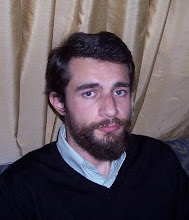Motivationally significant agendas guide perception, thought and behaviour, helping one to define a ‘self’ and to regulate interactions with the environment. To investigate neural correlates of thinking about such agendas, we asked participants to think about their hopes and aspirations (promotion focus) or their duties and obligations (prevention focus) during functional magnetic resonance imaging and compared these self-reflection conditions with a distraction condition in which participants thought about non-self-relevant items. Self-reflection resulted in greater activity than distraction in dorsomedial frontal/anterior cingulate cortex and posterior cingulate cortex/precuneus, consistent with previous findings of activity in these areas during self-relevant thought. For additional medial areas, we report new evidence of a double dissociation of function between medial prefrontal/anterior cingulate cortex, which showed relatively greater activity to thinking about hopes and aspirations, and posterior cingulate cortex/precuneus, which showed relatively greater activity to thinking about duties and obligations. One possibility is that activity in medial prefrontal cortex is associated with instrumental or agentic self-reflection, whereas posterior medial cortex is associated with experiential self-reflection. Another, not necessarily mutually exclusive, possibility is that medial prefrontal cortex is associated with a more inward-directed focus, while posterior cingulate is associated with a more outward-directed, social or contextual focus.
Marcia K. Johnson , Carol L. Raye , Karen J. Mitchell , Sharon R. Touryan , Erich J. Greene , and Susan Nolen-Hoeksema
Dissociating medial frontal and posterior cingulate activity during self-reflection Soc Cogn Affect Neurosci 1: 56-64.
http://scan.oxfordjournals.org/cgi/content/full/1/1/56
Thursday, December 20, 2007
Subscribe to:
Post Comments (Atom)

No comments:
Post a Comment